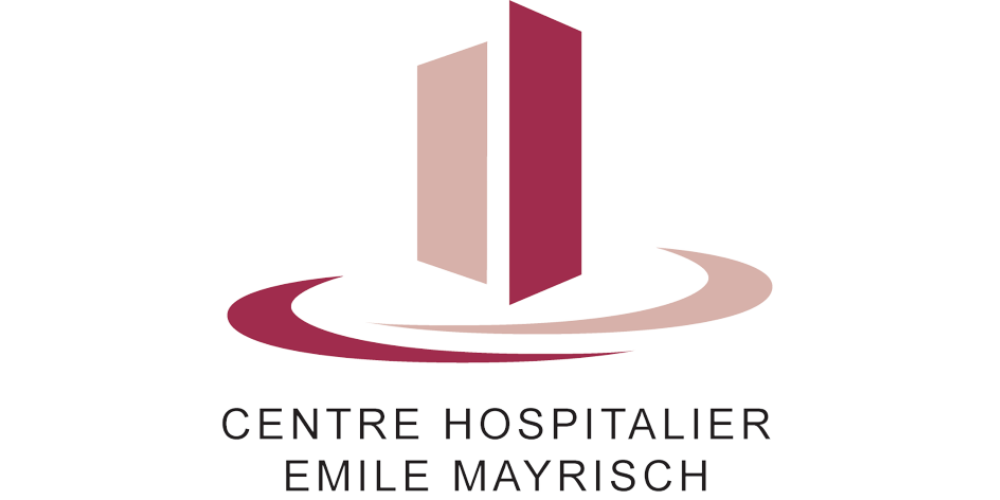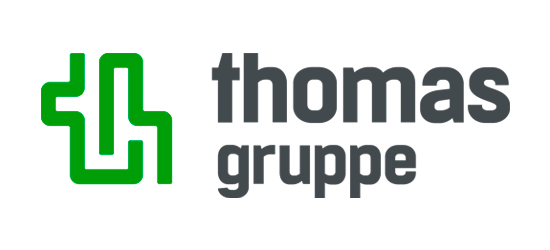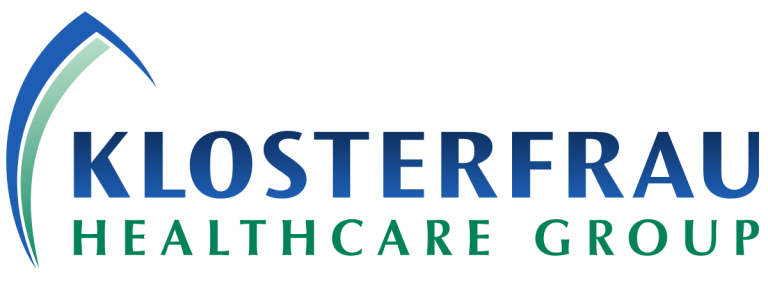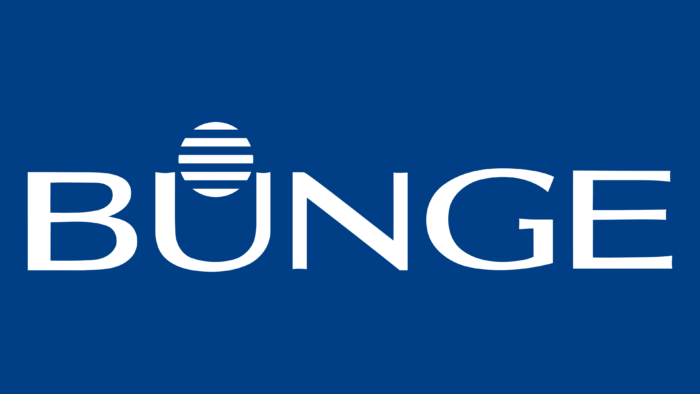Efficient medication delivery & billing with SAP SD
Efficient Medication Delivery and Billing with SAP SD at Centre Hospitalier de Luxembourg
The state-run Centre Hospitalier de Luxembourg (CHL) supplies two of its own clinics, as well as other hospitals across Luxembourg, from a central warehouse for medications and medical supplies. To streamline internal operations and improve the efficiency of medication deliveries, CHL expanded its existing SAP system by implementing the SAP SD (Sales and Distribution) module.
The Challenge: An SAP System Without Sales and Shipping Capabilities
CHL had been using the SAP industry solution IS-H for hospitals, which provides comprehensive features for patient management and billing. However, it lacked integrated functionality for the sale and distribution of medical products. This functional gap resulted in cumbersome, opaque processes and significantly delayed invoicing: billing was only performed once a month based on goods issued. This led to uncertainty among clinics due to missing goods receipt checks and the high volume of deliveries.
The Objective: A Streamlined, Standard-Compliant Process for Smooth Deliveries
CHL required a simple and quickly deployable solution that would enable efficient order and delivery processing while remaining close to the SAP standard. The goal was to establish a seamless process that would allow clinics to manage their orders transparently and easily handle goods receipt and invoice verification.
The Solution: Automated Ordering and Delivery Process with SAP SD
With the implementation of SAP SD, CHL established an efficient and well-structured process. Clinics now use a custom-built online catalog to directly select medications and medical supplies. Once an order is placed, the system automatically generates a corresponding sales order in the pharmacy. The items are picked, packed, and shipped, and the delivery note clearly specifies which ward in each clinic is to receive which items. This step enables complete goods receipt verification, significantly simplifying the subsequent invoice review.
Results: Transparency and Process Reliability for Clinics and the Pharmacy
The introduction of SAP SD has made the medication delivery process significantly more efficient at CHL. Clinics now have full visibility into their orders, can reliably verify goods received, and complete invoice checks without delay. Improved transparency facilitates smooth collaboration between the clinics and the pharmacy, while reducing inquiries and uncertainty.
Added Value: Expanding Billing Capabilities with SAP SD
In addition to medication delivery, CHL is now also using the SAP SD module to bill for additional services such as parking space rentals and service charges. The introduction of SAP SD has therefore not only optimized medication distribution but also offers potential for broader use in other administrative processes.
Conclusion: CHL Benefits from a Flexible, SAP Standard-Based Solution
By implementing SAP SD, the Centre Hospitalier de Luxembourg has created a transparent and structured process that ensures efficient and reliable medication delivery. The system expansion enables CHL to perform billing accurately and promptly, providing a future-proof solution that supports the hospital in its role as a central healthcare provider.






